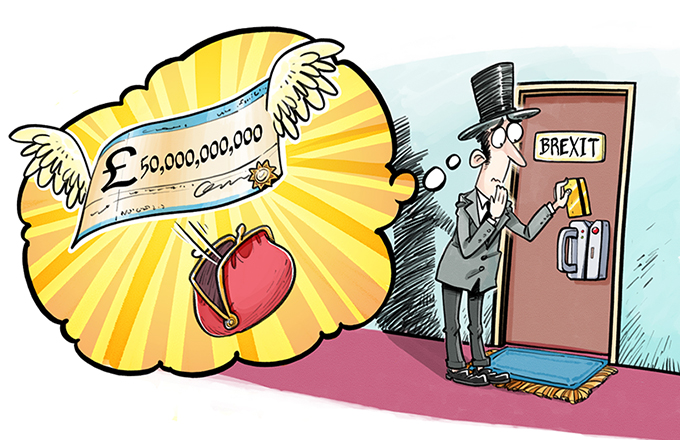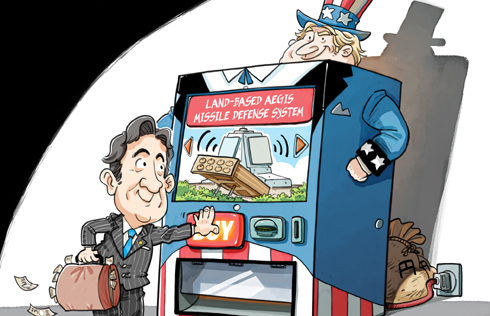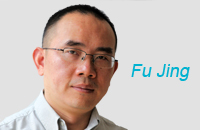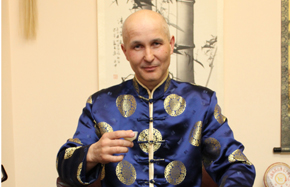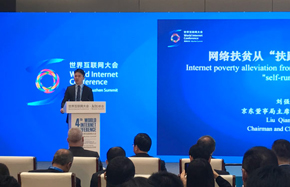America takes the APEC test
The Asia Pacific Economic Cooperation was established by 12 members in 1989 to serve as a loose consultative forum to promote broad sectoral cooperation between regional economies. Today, it has grown into a forum of 21 Pacific Rim economies that are working together to lower trade barriers, promote free trade and pave the way for greater economic cooperation throughout the Asia-Pacific region. And numerous other economies are requesting to join the forum.
The annual gathering of APEC leaders has evolved into a global media event. This year's summit in Bali, Indonesia, drew roughly two dozen heads of state, 46 ministers, 5,000 economic leaders and 3,000 journalists. The figure does not include the thousands who attended numerous APEC events held before the summit.

US President Barack Obama finishes a statement to the media about the government shutdown in the briefing room of the White House in Washington September 30, 2013. [Photo/Agencies]
The theme of this year's conclave was "Towards Resilience and Growth: Reshaping Priorities for the Global Economy", which was noteworthy for a number of reasons.
First, the sheer size of the forum was overwhelming. Many of the world's leaders participated in the summit, including Chinese President Xi Jinping and Russian President Vladimir Putin.
The meeting provided them with an opportunity to discuss both cand global affairs ranging from the civil war in Syria to the dispute over the Diaoyu Islands in the East China Sea.
Moreover, the CEOs of some of the world's major corporations and several of the world's "thought leaders" attended the meetings and communicated with at least nine leaders in an interactive format. The participation of one world leader - US President Barack Obama should have sparked more interest and speculation than usual. However, Obama's decision to cancel the trip to Asia due to US government shutdown is widely regarded as a big blow to US diplomatic and trade efforts in Asia.





